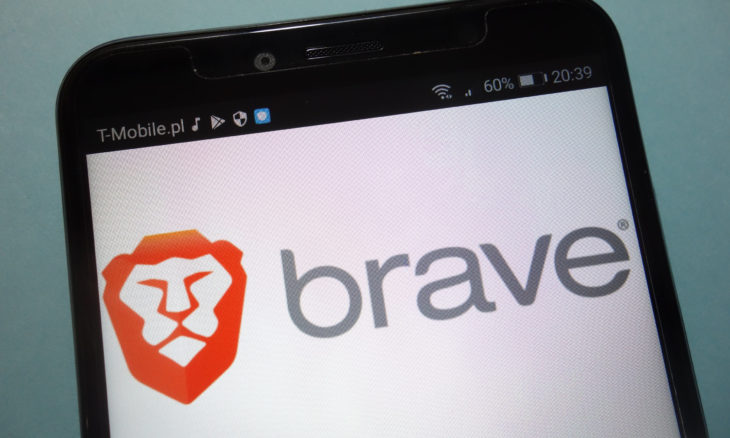For about a year, I’ve been splitting my browser time between Chrome and Brave, a browser that launched in 2016 with a focus on privacy. This is partly professional necessity — web development is part of my firm’s offerings and testing across major market browsers is part of the job — but also a result of my “privacy curious” status. While there is real convenience to what Chrome and other browsers know about me and how they integrate with other apps and programs I use, Brave’s focus on privacy is appealing.
Brave is not widely adopted; its market share is just 0.05%, and awareness of this browser is low, except among tech and marketing pros. So I was surprised to see Brave running national TV spots over the past two or three months. And while I’m thrilled that a privacy-focused browser is perhaps on the verge of going mainstream, part of me finds it depressing that a focus on privacy isn’t the norm.
You may be wondering why a browser that is trying to differentiate itself with privacy controls is even necessary with the recent moves toward eliminating third-party cookies and requiring opt-in for other forms of tracking. Brave is making efforts to counteract the questionable workarounds that digital marketers are resorting to in the wake of losing consistent access to third-party cookie data.
Bounce Tracking
Marketers are using something called bounce tracking to set cookies on a tracking site and then routing back to the site you are visiting. (You can get a more detailed explanation here.) The operative idea is, a marketer detects that you have disabled cookie tracking and takes steps to track you anyway using another set of tools. These are exactly the kinds of tactics that erode trust in both B2B and B2C marketing, whether its websites, email, mobile apps, social media or SMS.
Digital Marketing Deserves its Reputation
Digital marketing has a bad reputation because it deserves a bad reputation. Part of that is unfortunate: the tracking tools that serve relevant ads based on recent online activity should be a benefit to the consumer, the marketer paying for the ads and the publisher where the ads appear. But we’ve never done a good job of explaining how this works and why it’s a win-win-win. It just looks creepy if you don’t know how the sausage is made. And if you do know how the sausage is made, it can be just as annoying as it is helpful. Seeing ads for ladders weeks after you’ve bought the ladder is just silly — as is seeing those ads if you were just helping friends decide which ladder was right for them.
Is Brave Carving a Path Forward?
Marketers should be doing more to counteract the poor reputation we’ve developed, but as in so many fields, technological advances can sometimes push us toward a race to the bottom. With the steps Brave is taking to counteract privacy subversion by marketers, this browser option may be helping to carve a path forward in which marketers invest more effort and resources in building relationships than in circumventing the preferences of their target markets. My hope is that we’ll see our industry retooling our efforts away from a relentless focus on gathering data at any cost and without end user knowledge or control, toward providing enough value in these relationships that consumers willingly enter into data share agreements that benefit us as well as them. If it takes browser programmers who are on a mission to protect privacy to improve privacy in digital marketing, so be it. With luck, changed practices will lead to changed attitudes and restored trust.







